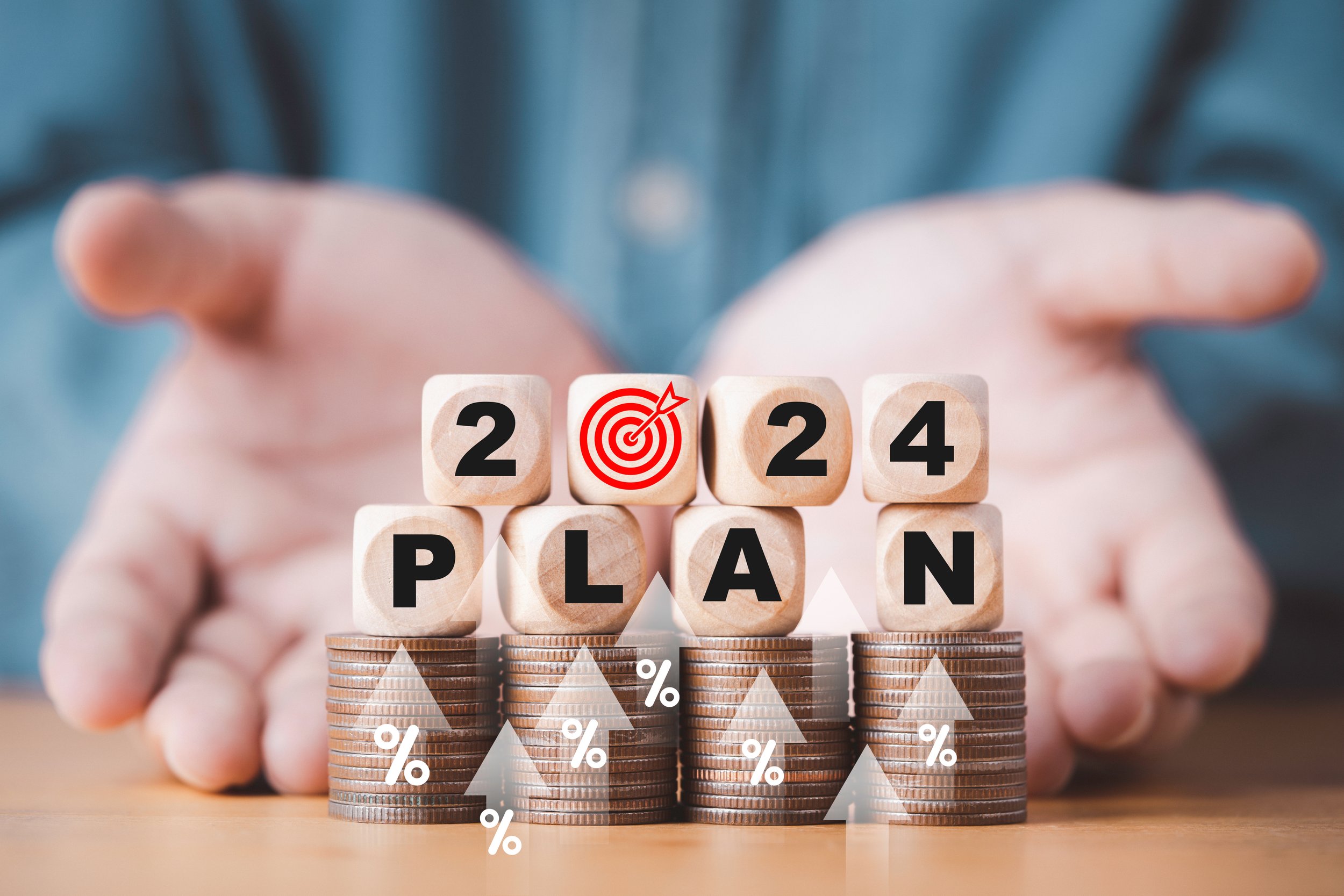
7/12/2023
Budget Season Foundations: Establishing your Revenue target for next year
Budget season is an incredibly busy time of year. You are delivering results today for your monthly and quarterly goals, you are planning strategically for the next quarter, and now you need to think about next year.
If you are like me, getting started on something new can be hard. As it relates to your budget season cycle, I recommend the following steps to help you get started in a fast and tangible ways.
Step 1: Understand the state of your business via analysis
Become a student of your business. Look at your YTD date performance (revenue, margin, sales, opex, consumer sentiment). Compare your YTD performance to prior years. Understand your current trends. Evaluate your trends through the lens of prior year performance. Take a 360-degree point-of-view of the consumer and competitive landscape for your business.
Step 2: Lock-in your EOY Expectations.
Identify where you will land financially at the end of your current fiscal year. Because you became a student of your business, you are now well versed on your current performance and the opportunity/risks in your business. Apply your learnings and build out a data-driven forecast model using your current YTD trends to identify where you will end your fiscal year financially. I personally like to build in “low, mid, high” assumptions into the forecast model using your historical performance trends to help build some flexibility into you budget season plans.
Step 3: Establish your revenue goals for the upcoming year
Set your “top-down” revenue goals for your annual budget. Now that you have a data-driven forecast where you will finish your fiscal year, you can now apply “simply math” to identify your revenue targets for the upcoming year. I will share a simple math example to this exercise.
· You are given direction that you need to deliver a 7% increase in revenue over your current performance
· Your forecast model predicts the following for your year-end performance:
Low- $100M
Mid- $105M
High- $110M
By applying your 7% year-over-year performance to your forecasted expectations, you now can get started knowing that you need to deliver between $107M-$118M next year.
As you continue through the budget cycle (which from my experience can range anywhere from 3-5 months), you will be able to refine your forecast assumptions as your monthly performance comes in each month.
This 3-step process can help you kickstart your budget cycle, and equip the rest of your team now that you have established these high-level “top down” revenue assumptions.
